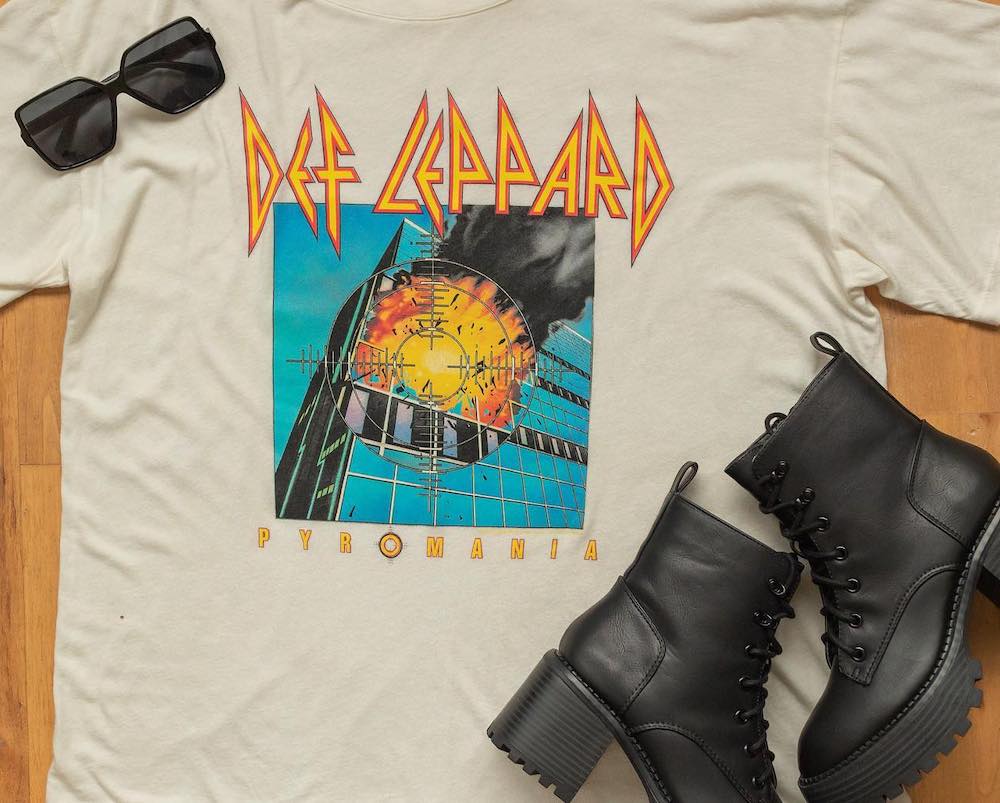With the Christmas season upon us, consumer demand is at an all time high with many people on track to receive new clothes from Santa. As much as we value the season of giving, we're conscious that the fashion industry is responsible for a significant portion of greenhouse gas emissions with fast fashion carbon emission being at the forefront of the climate crisis.
It's no wonder that the race to produce clothing at lightning speed has led to a surge in carbon footprints. This raises questions about the effectiveness and credibility of emission reduction targets set by fashion brands and industry leaders. Can we and should we trust them or is it all talk?
At People of Leisure, we believe that the fashion industry needs to take accountability for their carbon emissions which is why we support transparent sustainable fashion. Let's dive deeper into the world of fast fashion and climate change, uncovering whether we can truly trust the published greenhouse gas emissions of the fashion industry.
Fast Fashion and Climate Change
Fast fashion, characterized by its rapid turnover of fashion trends and high-volume production, stands as a major player in global carbon emissions. Reports indicate that the fast fashion industry alone is responsible for a significant share of annual global carbon emissions, releasing staggering amounts of greenhouse gasses into the atmosphere.
Despite increasing awareness of the environmental impact, the industry's response and commitment to reducing emissions often fall short. Large fashion brands, though not always transparent, set targets to ostensibly curb their environmental footprint. However, skepticism arises regarding the authenticity and effectiveness of these pledges.
Greenwashing in the Fashion Industry
The greenwashing phenomenon refers to companies using deceptive marketing strategies to make themselves appear more environmentally responsible than they really are. Sadly, engaging in greenwashing tactics likely stems from trying to appeal to consumers' growing awareness of the fashion industry's impact on climate change.
Many fashion consumers might understandably believe that their beloved brands have taken significant steps to address climate concerns. With declarations of environmental commitments, pledges to reduce emissions, and vows to eradicate waste, the fashion industry appears, on the surface, to have embraced a role as stewards of our shared future. But statistics say otherwise. Sadly, beneath the catchy assurances lies a starkly contrasting reality.
Not so Sustainable Statistics
According to an analysis of over big and small 5,900 brands in the fashion industry by Good On You, 81% of large brands with greenhouse gas emissions targets do not state whether they are on track to meet them. Additionally, 60% of the most profitable brands analyzed got the two lowest ratings for their environmental impact.
This means that despite their promises to lower their carbon footprint, these fashionable brands do not have the track record to back them up. In other words, it's all greenwashing and no action. The lack of transparency from big names in the fashion industry means that we're continue to spiral towards unsustainable practices, signalling the necessity for governments to enact laws mandating environmental reporting and prohibiting deceptive claims.
Big Brands vs Small Brands
Big or small, all brands in the clothing industry need to do better. The stark reality is that most fashion brands get low scores for their environmental policies which are rated on emissions reduction activities, target setting, resource management, chemical use, and water use. While smaller sustainable brands are spearheading progress in contrast to larger brands, it's still not enough.
Looking towards the Future
It's not all doom and gloom. You, as the consumer, wield immense power in combating the detrimental effects of fast fashion by consciously altering shopping habits, advocating for ethical practices, and supporting sustainability in the fashion industry. By consciously choosing to support brands that prioritize sustainable materials, ethical labor, and transparent supply chains, you can directly impact the fashion industry's trajectory. Here are some ways you can help combat the fast fashion industry:
Mindful Consumption
Opt for quality over quantity by investing in timeless, durable pieces rather than succumbing to frequent trend-driven purchases. We love the minimalist fashion approach because it reduces the demand for disposable clothing.
Support Sustainable Brands
Choose to support brands committed to sustainable practices, such as using eco-friendly materials, implementing ethical production methods, and maintaining transparent supply chains. Actively revolt against fast fashion brands and the unsustainable textile industry.
Second-Hand Shopping
Who doesn't love a trip to the thrift store? You can embrace second-hand clothing through thrift stores, online resale platforms, or clothing swaps. Buying pre-loved items not only reduces waste but also promotes a circular economy.
Educate Yourself
Knowledge is power. Take the time to learn about the environmental and social impacts of fast fashion. Understanding the consequences of the current fashion supply chain empowers consumers to make informed choices and advocate for change.
Extend Garment Lifespan
Take care of clothes to prolong their lifespan. Proper washing, repairing, and upcycling can significantly reduce the frequency of new purchases.
Demand Transparency
Remember, you hold more power than you think. Hold fashion brands accountable by demanding transparency in their textile production, including material sourcing, labor conditions, and environmental impact. Support initiatives advocating for greater accountability in the industry.
Encourage Responsible Disposal
When garments are no longer wearable, explore responsible disposal options like recycling or donating rather than sending them to landfills.
Our Way Forward
Our ethos of slow fashion champions quality over quantity, advocating for clothing made with care, durability, and ethical practices. We recognize our responsibility to not only craft conscious clothing but also to openly share our path towards minimizing our social and environmental footprint.
Our clothing is made using low-impact dyes, enabling us to recycle water while steering clear of any detrimental inks, dyes, or chemicals in our products. We’re also committed to minimizing our carbon footprint and textile waste by sourcing deadstock fabric bound for landfills. Upcycling this material helps us cut down on land, water, energy, and soil usage. Finally, we take pride in our commitment to uphold our workers' rights through our Zero Sweat policy. This policy ensures livable wages for all employees and promotes responsible production practices.
We hope you will join us in our revolt against the fast fashion business model, embarking on a collective journey toward a more sustainable fashion industry.






